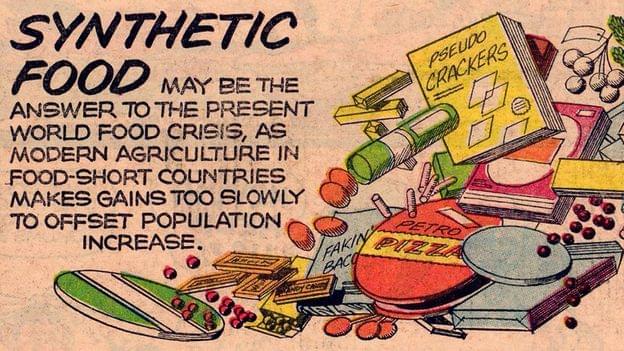Demis Hassabis, Founder and CEO, DeepMindAt The Francis Crick Institute in King’s Cross, LondonAbstract: The past d…
Get the latest international news and world events from around the world.
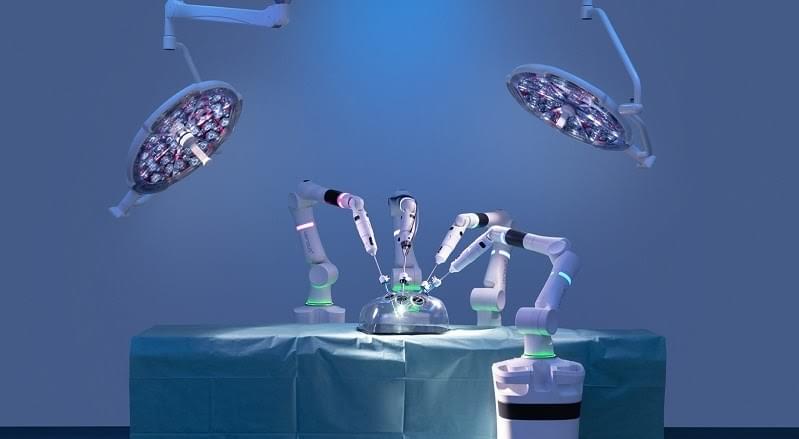
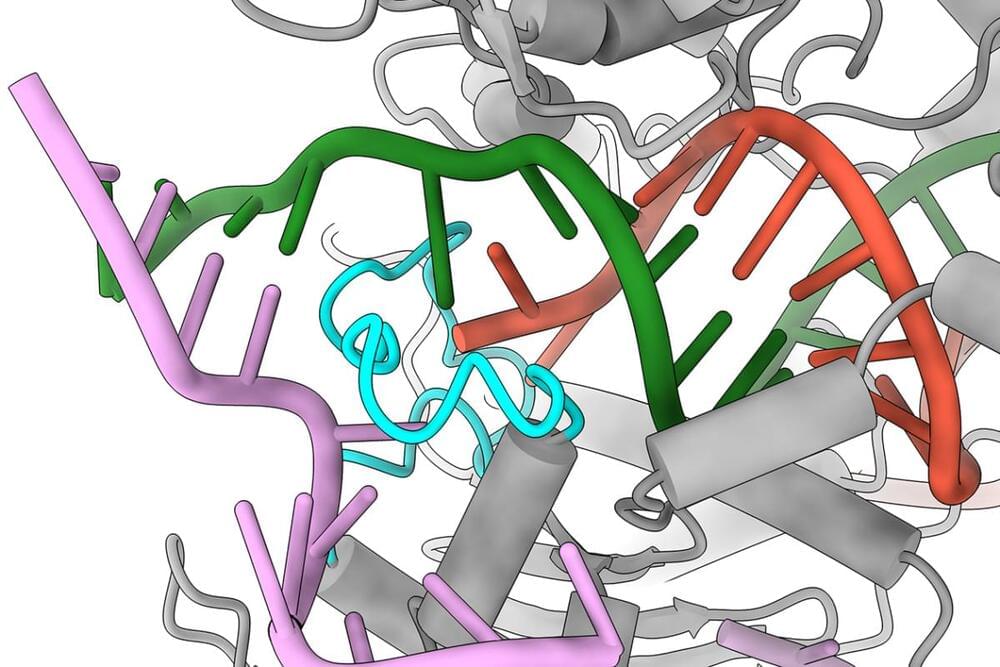
Protein tweak makes CRISPR gene editing 4,000 times less error-prone
The CRISPR gene-editing system is a powerful tool that could revolutionize medicine and other sciences, but unfortunately it has a tendency to make edits to the wrong sections of DNA. Now, researchers at the University of Texas at Austin have identified a previously unknown structure of the protein that drives these mistakes, and tweaked it to reduce the likelihood of off-target mutations by 4,000 times.
CRISPR tools use certain proteins, most often Cas9, to make precise edits to specific DNA sequences in living cells. This can involve cutting out problematic genes, such as those that cause disease, and/or slotting in beneficial ones. The problem is that sometimes the tool can make changes to the wrong parts, potentially triggering a range of other health issues.
And in the new study, the UT researchers discovered how some of these errors can happen. Usually, the Cas9 protein is hunting for a specific sequence of 20 letters in the DNA code, but if it finds one where 18 out of 20 match its target, it might make its edit anyway. To find out why this occurs, the team used cryo-electron microscopy to observe what Cas9 is doing when it interacts with a mismatched sequence.
Russia could take Ukraine war to space
CNBC’s Morgan Brennan joins The News with Shepard Smith to report that Russia is refusing to deliver satellites to space without guarantees they won’t be used against Moscow in its war against Ukraine.

3Drag: the 3D printer for chocolate and food
Choco 3Drag for printing of three-dimensional shapes with chocolate.
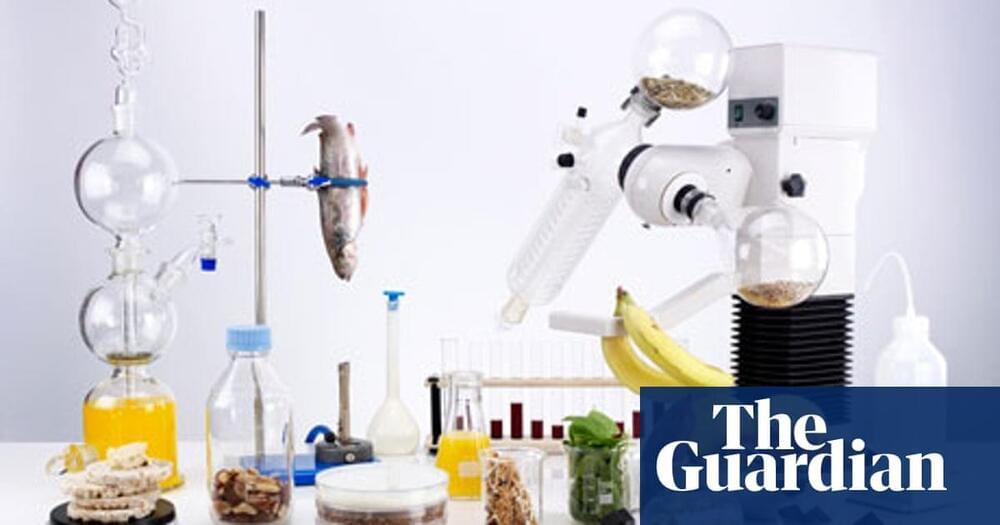

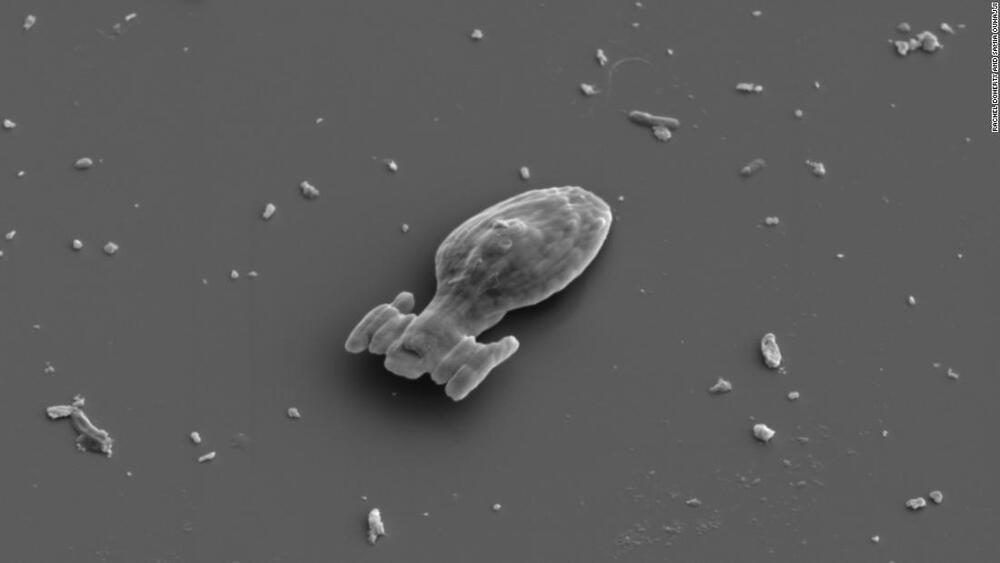
Scientists 3D print microscopic Star Trek spaceship that moves on its own
Circa 2020 o.o!
A team of physicists at a university in the Netherlands have 3D-printed a microscopic version of the USS Voyager, an Intrepid-class starship from Star Trek.
The miniature Voyager, which measures 15 micrometers (0.015 millimeters) long, is part of a project researchers at Leiden University conducted to understand how shape affects the motion and interactions of microswimmers.
Microswimmers are small particles that can move through liquid on their own by interacting with their environment through chemical reactions. The platinum coating on the microswimmers reacts to a hydrogen peroxide solution they are placed in, and that propels them through the liquid.
